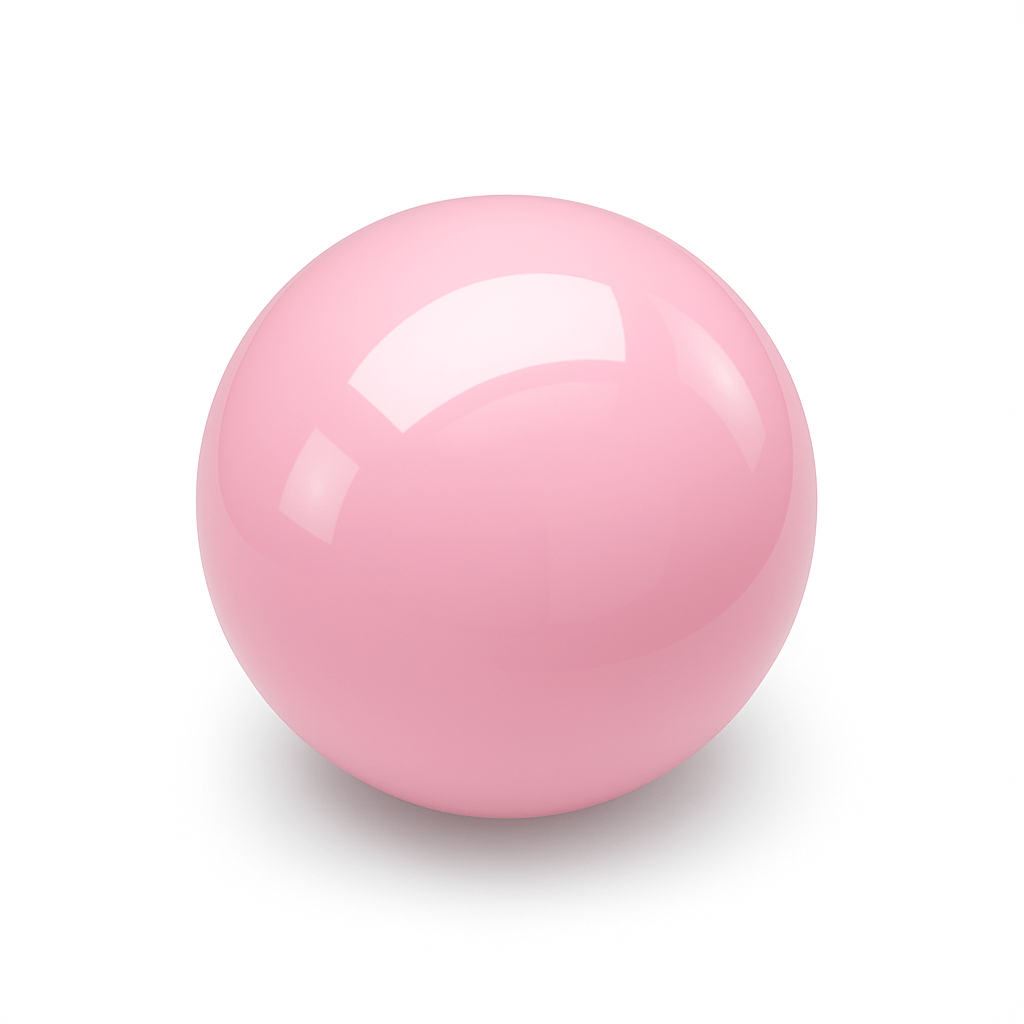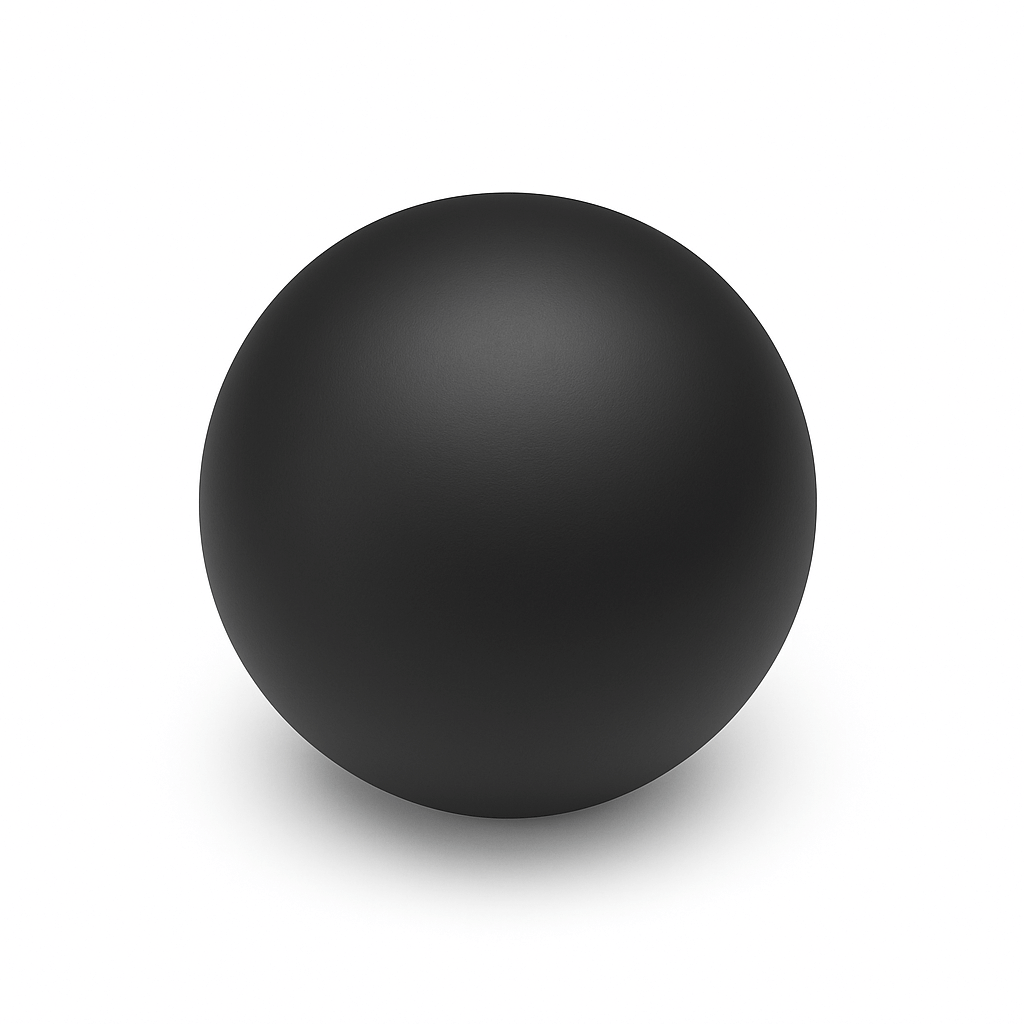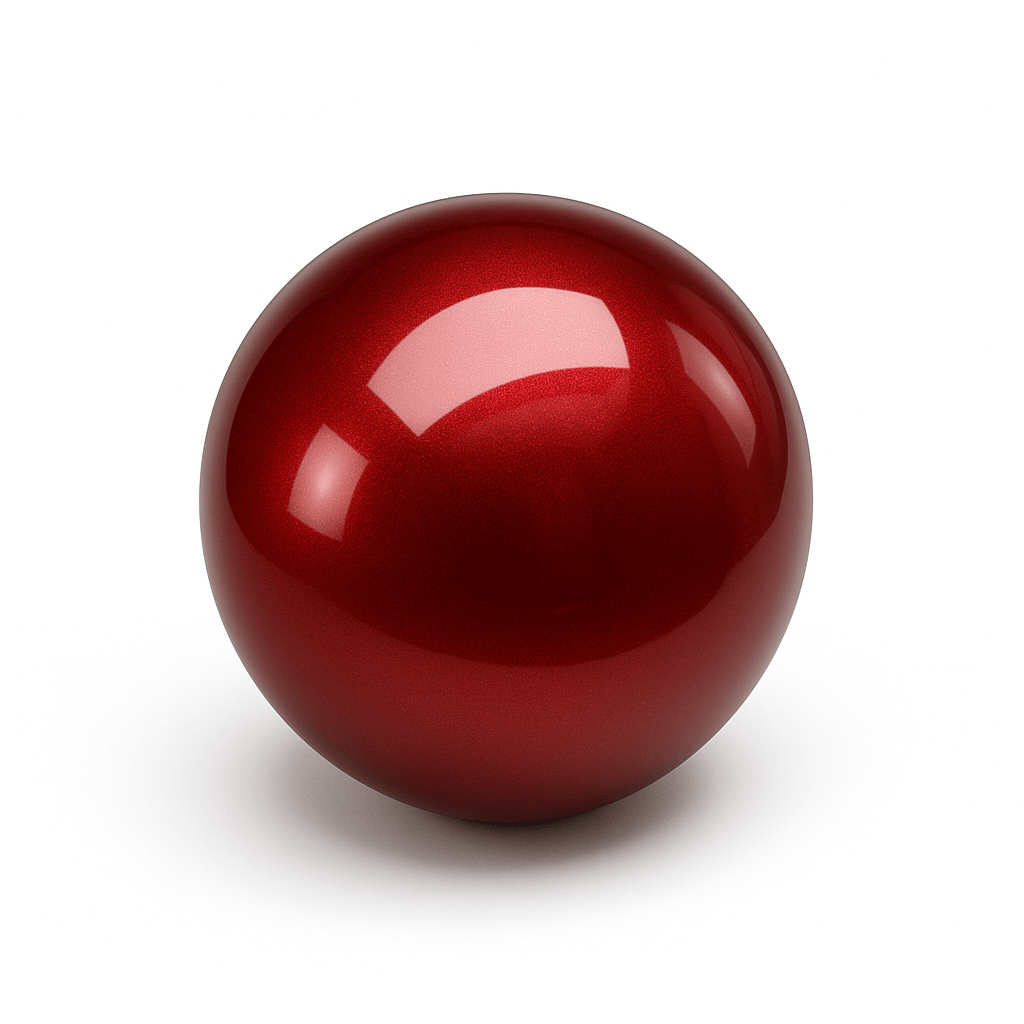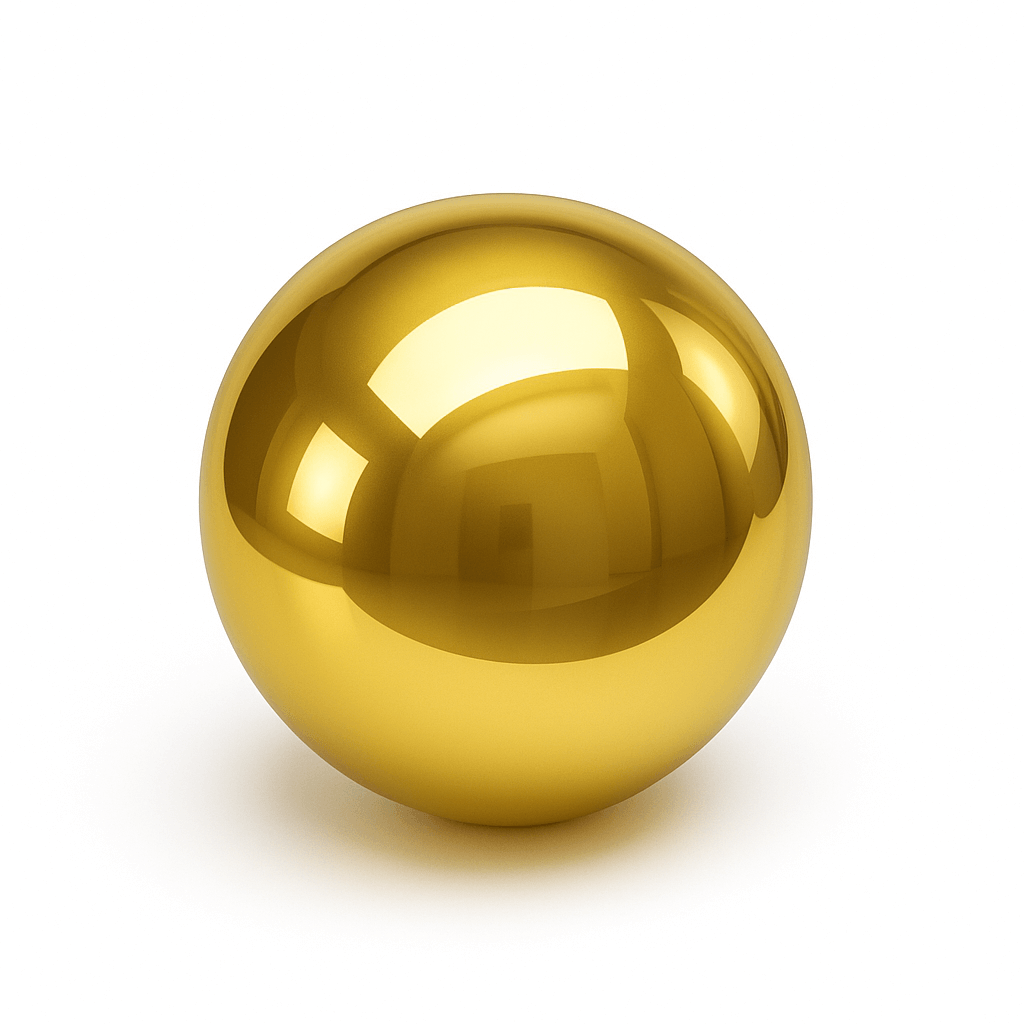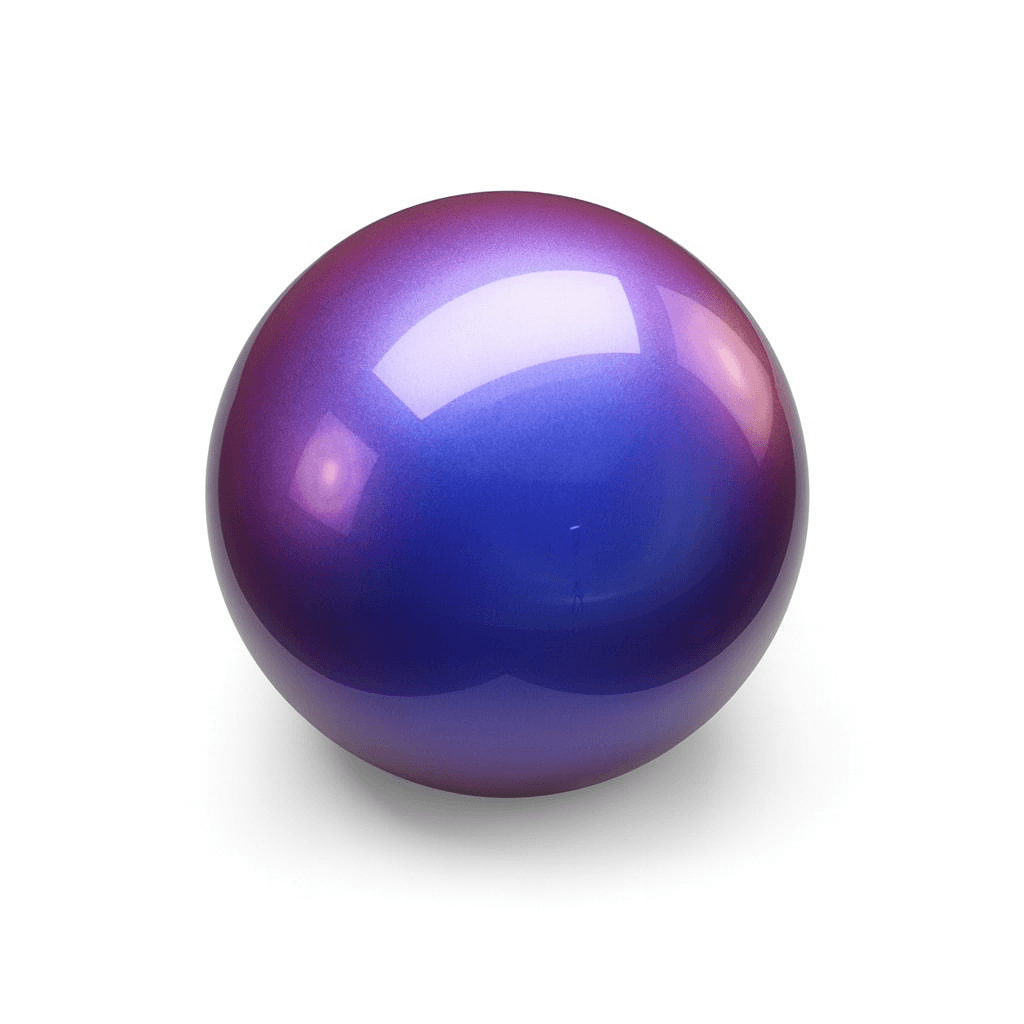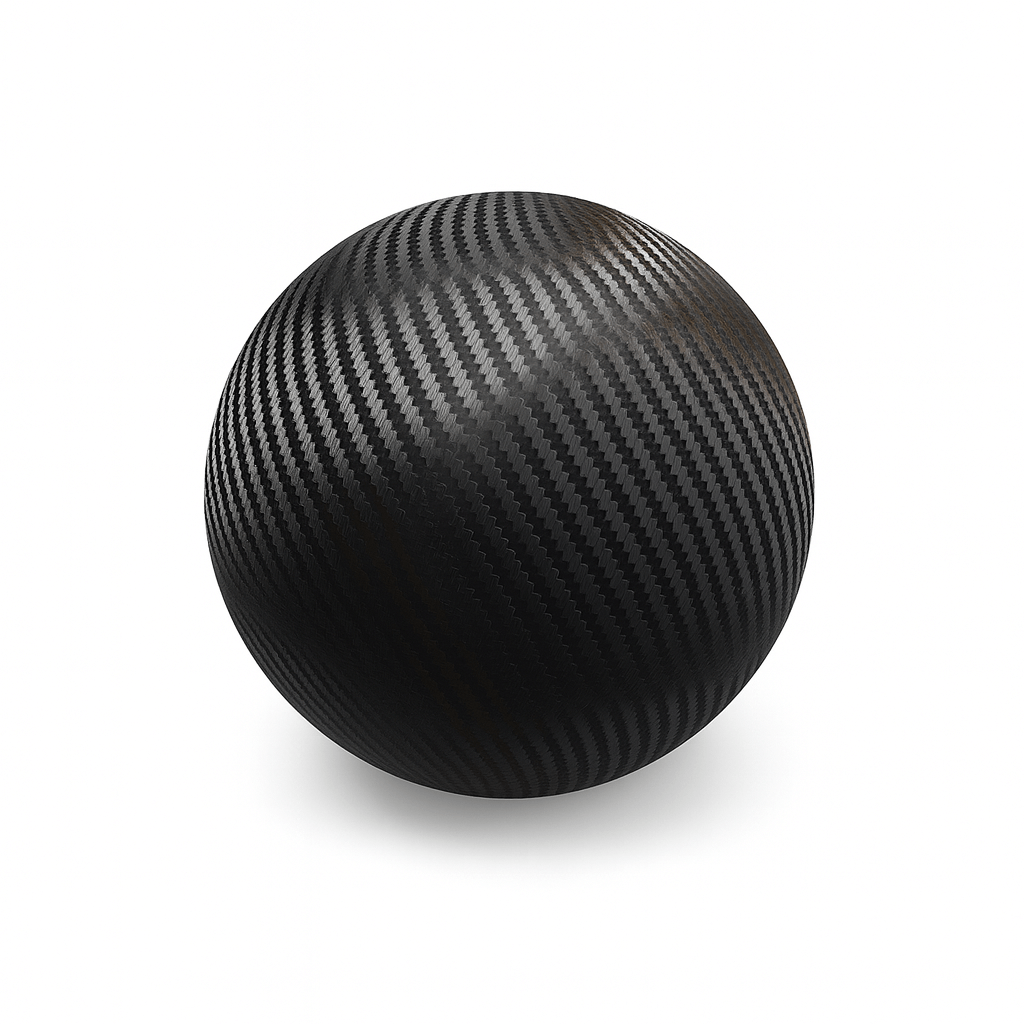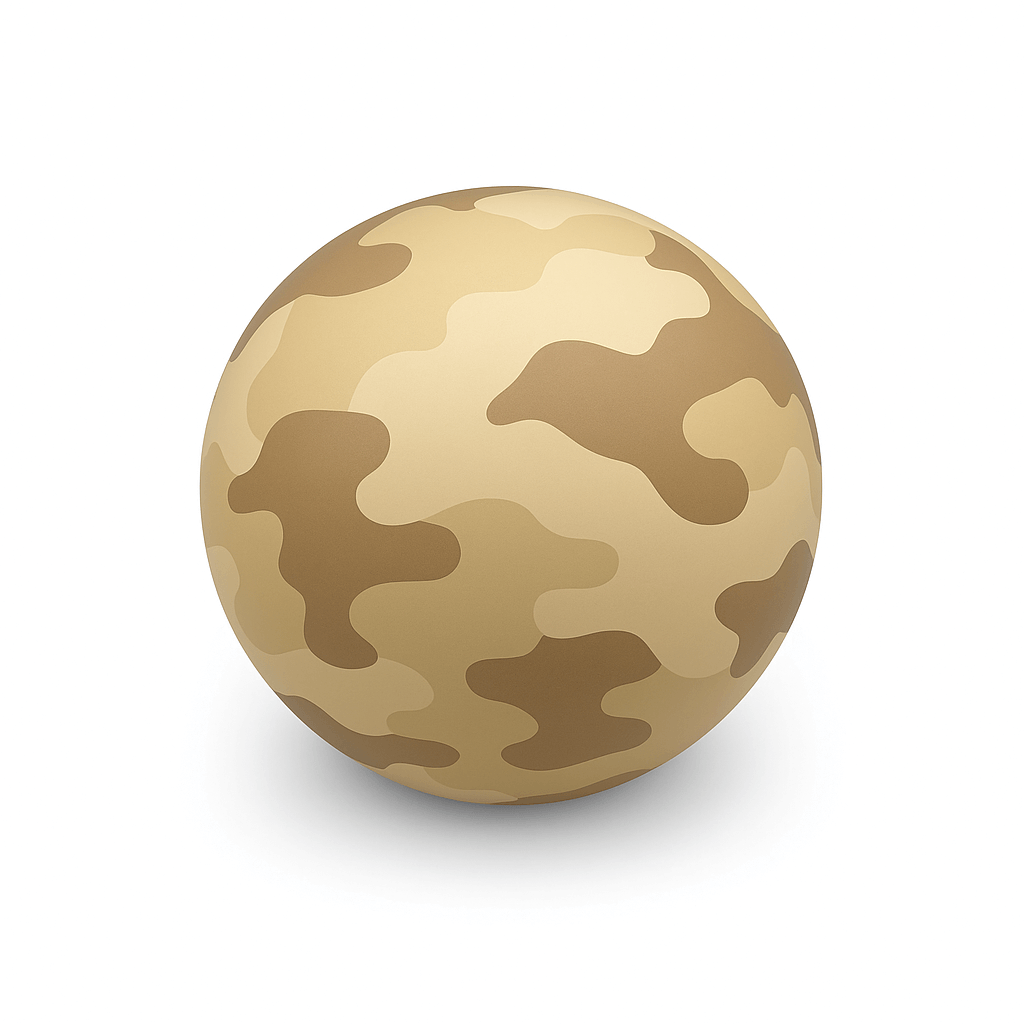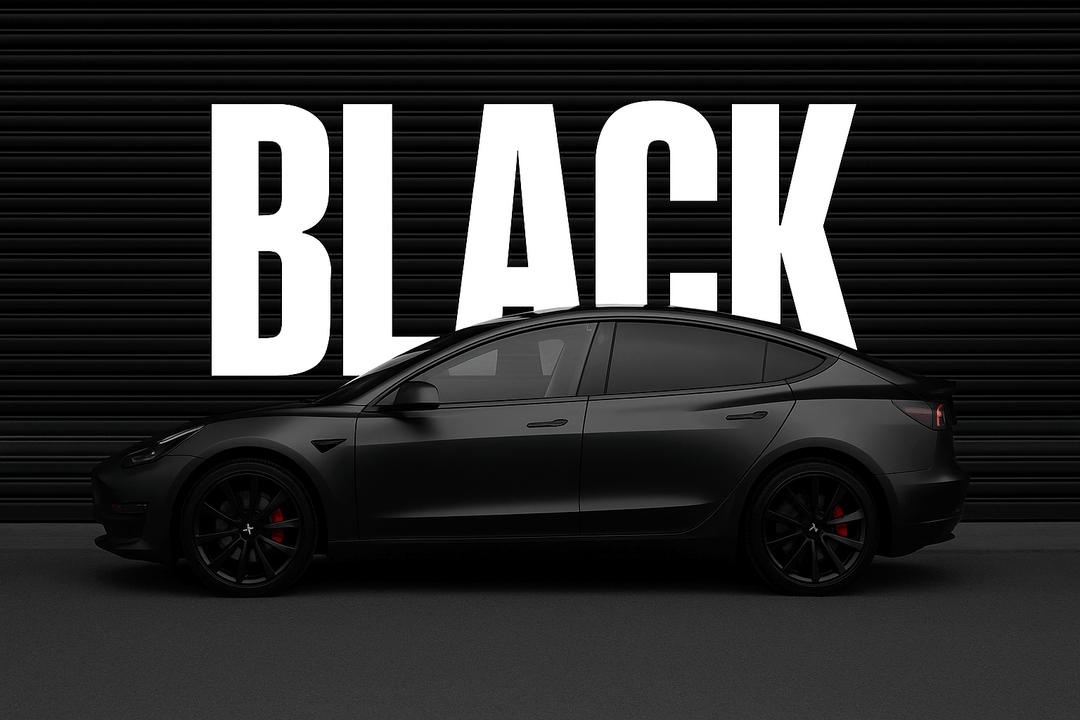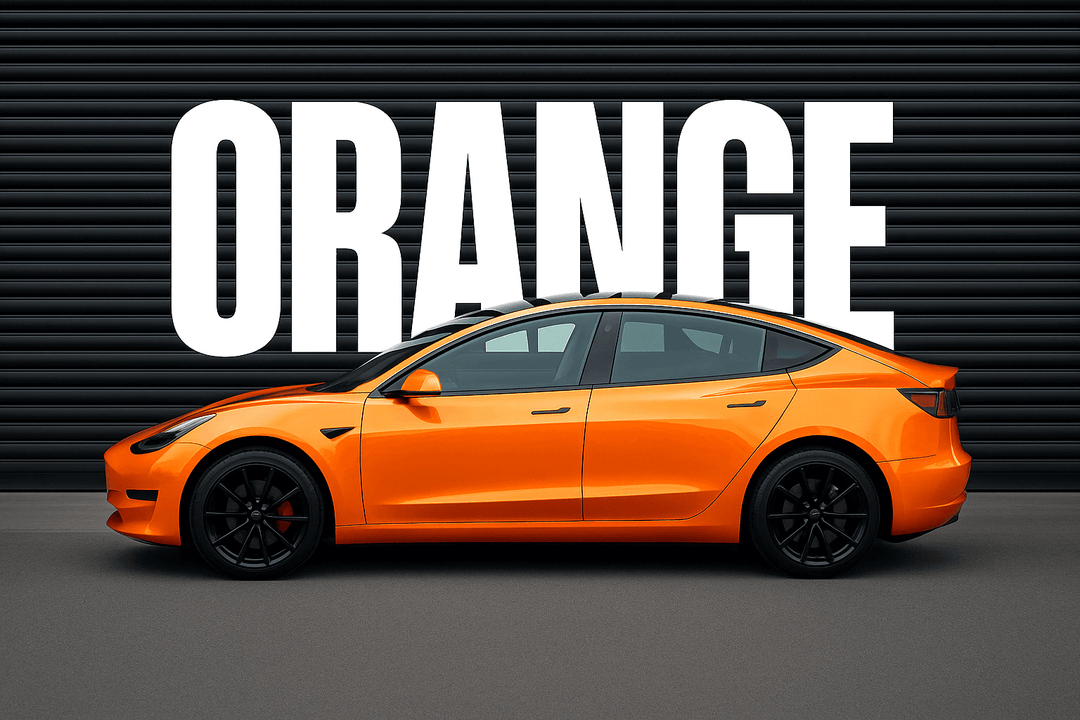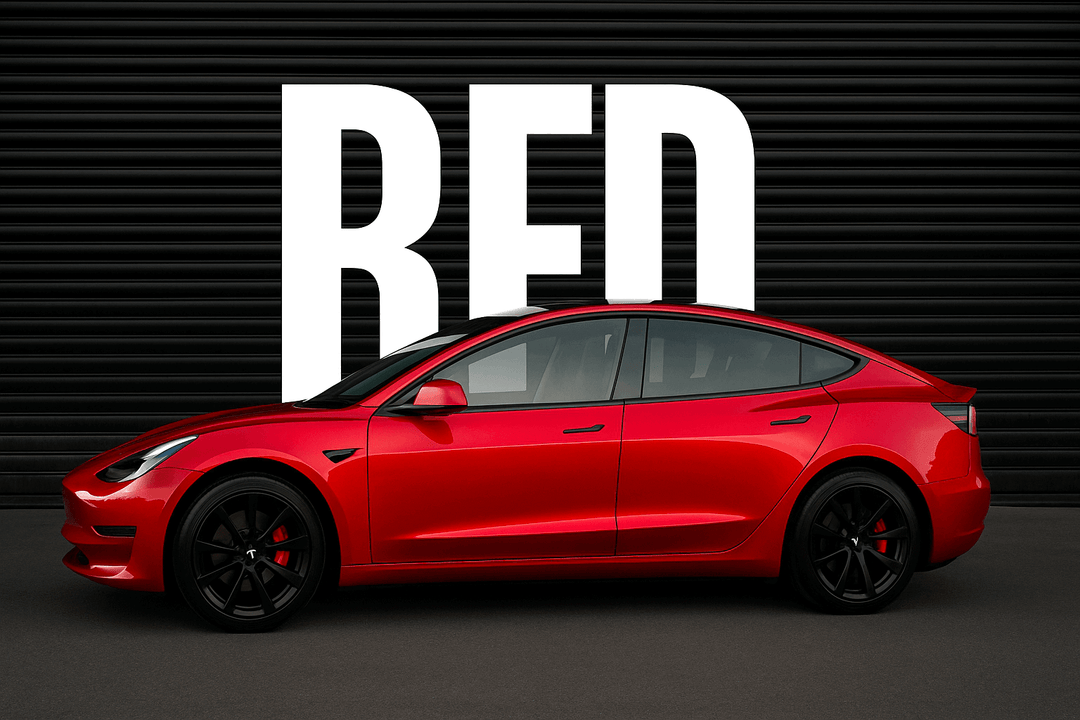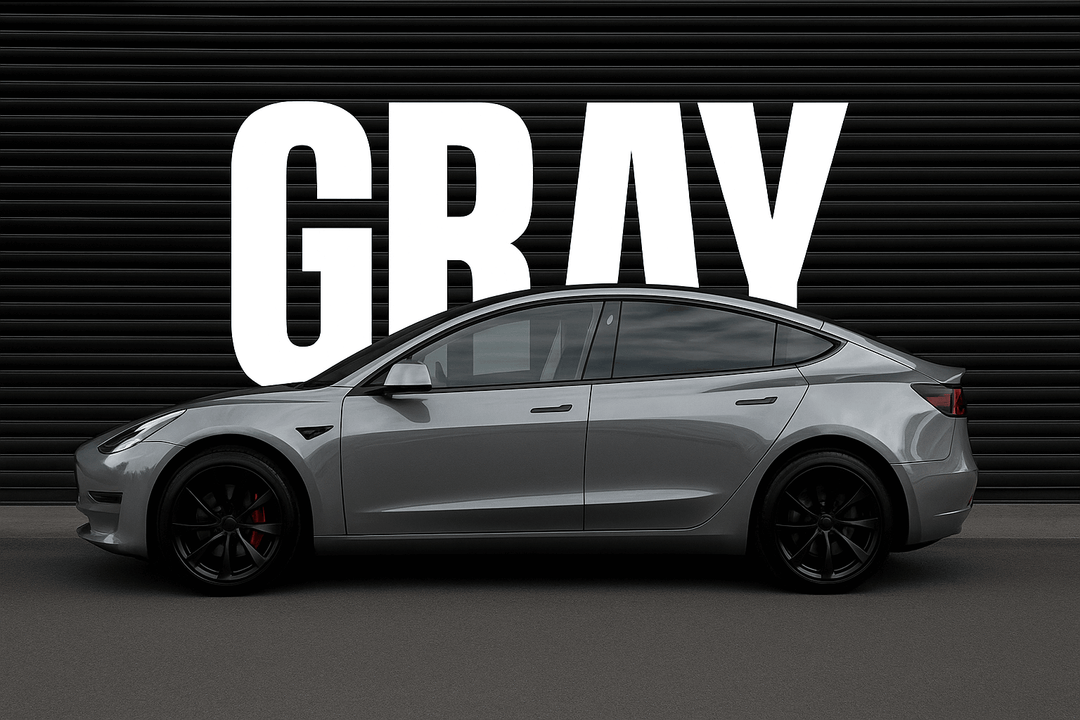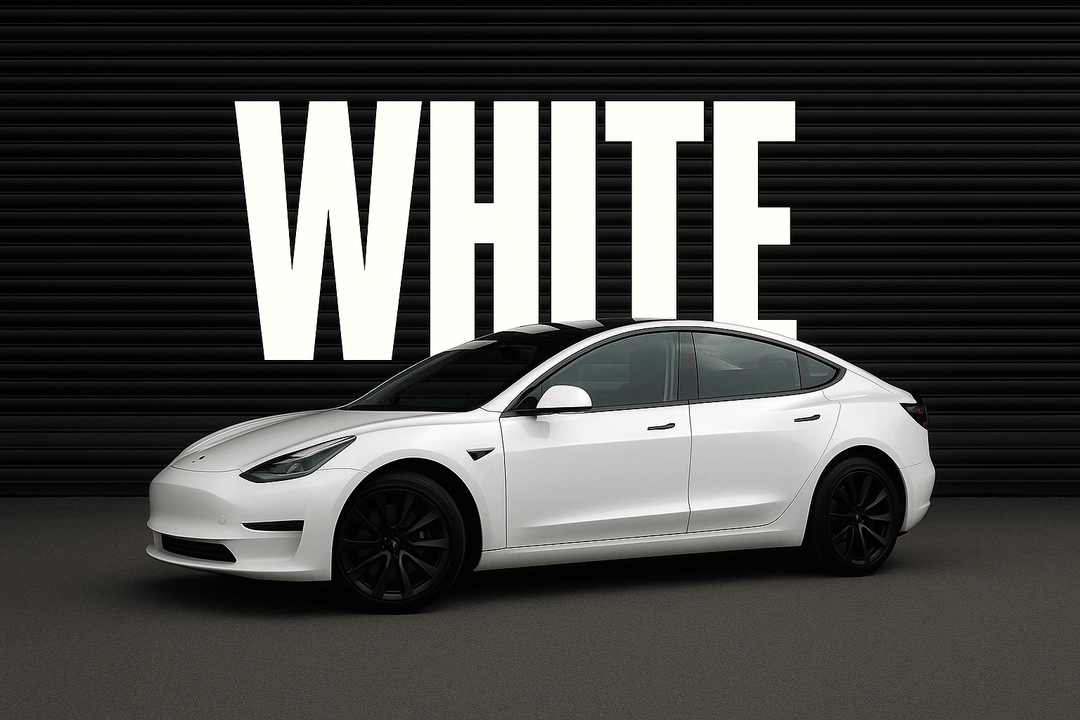How to Fix Oxidized Car Wrap and Remove Water Spots Safely
Let’s be honest — even the best car wraps won’t last forever.
Sure, they’re durable. They protect your paint. They make your vehicle stand out. But over time, constant exposure to the elements starts to take a toll. No matter how careful you are, vinyl wraps eventually show signs of wear.
Maybe you’ve started noticing cloudy patches from oxidation.
Maybe there are rain spots, hard water stains, or sticky tree sap that just won’t come off. In some cases, you might even see bubbling, shellac buildup, or signs of corrosion underneath the wrap.
Now you’re probably wondering: What should you do when your car wrap starts showing these problems?
Don’t worry, you’re not stuck with a dull, damaged wrap forever. Let’s walk through exactly what’s happening and how you can clean it, fix it, or know when it’s time to replace it.
Common Surface Issues on Aging Vinyl Wraps
Car wraps are built to withstand a lot — sun, rain, road grime, and more. But over time, even the toughest vinyl starts to show its age. And when that happens, your vehicle’s finish can quickly go from eye-catching to eyesore.
Let’s break down the most common surface problems you might run into as your wrap gets older:
A. Oxidation
This is one of the first signs your wrap is starting to break down.
Oxidation shows up as a dull, chalky finish that makes your wrap look faded or cloudy. It’s caused by prolonged exposure to UV rays, which slowly eat away at the top layer of the vinyl.
You’ll notice it more on matte and satin finishes because they don’t reflect light the way gloss wraps do. Over time, the smooth texture starts to feel dry and uneven.
B. Rain Spots and Water Stains
If you live in an area with hard water, you’ve probably seen this before.
After it rains or even after a car wash, you might notice white mineral spots left behind. These aren’t just surface smudges. They’re deposits of calcium and magnesium that dry onto the wrap and can be tough to remove.
Without proper cleaning, they can stain the vinyl permanently and ruin the finish.
C. Shellac or Sap Buildup
Tree sap, bug guts, or leftover wax can leave behind sticky, glossy patches on your wrap. These areas tend to attract even more dirt, making the problem worse.
Shellac or sap buildup is especially frustrating because it’s hard to clean without the right products, and scrubbing too hard can damage the vinyl.
If your car sits under trees often, you’re more likely to deal with this issue.
D. Corrosion or Embedded Dirt
Now, vinyl isn’t metal, but that doesn’t mean it’s immune to corrosion.
When the edges of your wrap start peeling or lifting, water can sneak underneath and get trapped. Over time, that moisture, combined with dirt and grime, can affect the wrap and even the paint beneath it.
You might start to see bubbling, staining, or texture changes, which usually means the damage has gone deeper than the surface.
These problems don’t always mean your wrap is ruined, but they are warning signs. The sooner you spot them, the better your chances of fixing them before they become permanent.
Can You Restore a Damaged Car Wrap?
Here’s the good news — not all wrap damage means it’s the end of the road. In many cases, light surface issues can be cleaned and restored with the right tools and a little patience.
If you're dealing with minor oxidation, water spots, or surface stains, you can usually bring your wrap back to life using vinyl-safe cleaners and a soft microfiber cloth. Some wraps even respond well to specialized vinyl rejuvenators or protectants that restore shine and remove cloudiness without harming the material.
But be careful, wraps are not the same as paint. Traditional car polish or abrasive cleaners can scratch, discolor, or weaken the vinyl. Always spot-test in a hidden area and stick to products made specifically for wraps.
Now, if your wrap shows signs of severe oxidation, deep cracks, bubbling, or contamination from tree sap or chemicals, restoration may not be possible. These issues usually go beyond the surface and can’t be reversed with cleaning alone.
In those cases, replacing the wrap is the smarter and safer option.
How to Treat Each Type of Damage
What should you do if car wrap surface becomes oxidized, has rain spots, water stains, shellac, and corrosion after a long time? When your car wrap starts showing signs of wear, knowing how to respond makes all the difference. Let’s go over how to handle each type of common wrap damage, step by step.
A. Remove Oxidation from Car Wrap
Use a vinyl-safe cleaner, never regular car polish or paint compounds. Apply with a soft microfiber towel using gentle, circular motions. Once clean, apply a vinyl protectant or sealant to bring back some luster and protect from further UV damage. Avoid abrasive sponges or buffing pads. They can scratch or strip the vinyl surface.
B. Remove Rain Spots and Water Stains
Mix equal parts white vinegar and distilled water in a spray bottle. Spray directly onto the stain and wait about 30 seconds. Wipe gently with a clean microfiber towel. For tougher spots, use a vinyl-specific water spot remover following the product instructions. Repeat the process if needed, but don’t scrub too hard.
C. Clean Off Shellac, Tree Sap, or Bugs
Use a citrus-based degreaser or 70% isopropyl alcohol. Soak a clean microfiber towel with the solution. Place the towel over the spot and let it sit for 30 seconds to loosen the residue. Wipe gently in one direction, then rinse with clean water and dry. Never use harsh scrubbing tools or ammonia-based cleaners; they can permanently damage your wrap.
D. Handle Corrosion and Bubbling
Do not poke or puncture the bubbles, as it may lead to tearing or contamination. If the area is already lifting, carefully remove the damaged vinyl section. Inspect the paint underneath for corrosion or rust. If the issue is widespread or you’re unsure, it’s best to consult a professional wrap installer.
How to Prevent Wrap Surface Damage
Want your car wrap to last longer and stay looking fresh? A few simple habits can save you from dealing with fading, stains, and peeling down the road.
1. Wash Your Wrap by Hand Regularly
Skip the automatic car wash. The brushes and pressure jets can lift edges and scratch the surface. Instead, hand wash your vehicle every couple of weeks using gentle pressure and soft tools.
2. Avoid Parking Under Trees or Near Sprinklers
Tree sap, bird droppings, and hard water from sprinklers are major enemies of vinyl wraps. They can leave behind stains, sticky residue, or water spots that are tough to remove. When possible, park in covered or shaded areas.
3. Use pH-Neutral Soaps and Vinyl-Safe Detailing Sprays
Always use cleaning products designed for vinyl wraps. Harsh detergents or acidic cleaners can break down the wrap’s protective coating. Look for pH-balanced soaps and detail sprays labeled as wrap-safe. They’re gentle but effective, and they help prevent long-term damage.
4. Apply a Ceramic Coating for Wraps or a Vinyl Sealant
A quality ceramic coating or sealant designed for wraps adds a layer of protection against:
-
UV rays
-
Water spots
-
Dirt and grime buildup
-
Fading and discoloration
It also makes cleaning faster and easier, since dirt won’t cling to the surface as easily.
5. Dry With Clean Microfiber Towels
Don’t let your car air dry; that’s how you end up with water stains. Use a clean, soft microfiber towel to dry the wrap after every wash. This keeps minerals in the water from settling and staining the surface.
Final Thoughts
Minor damage like water spots, sap, and light stains can usually be cleaned with the right products and a little care. Stay on top of these issues early, and you can keep your wrap looking sharp without much trouble.
But if you’re starting to see oxidation, deep discoloration, embedded stains, or bubbling, those are signs the damage has gone deeper. At that point, cleaning may not be enough, and it could be time to consider a full wrap replacement.
FAQs
Q: Can you polish an oxidized car wrap?
A: No, traditional polish can damage the vinyl. Use wrap-specific cleaners and protectants.
Q: How do you remove hard water spots from vinyl wrap?
A: Spray with vinegar and distilled water, then wipe with a soft microfiber cloth.
Q: Will oxidation on a car wrap go away?
A: Light oxidation can be reduced with gentle cleaning, but severe cases require replacement.
Q: Is ceramic coating safe for vinyl wraps?
A: Yes, but only use ceramic coatings made specifically for wraps to avoid discoloration.
Related Resource
How Long Does Vinyl Car Wrap Last
How to Prevent Your Car Wrap from Peeling
How to Protect Your Car Wrap from Fading


